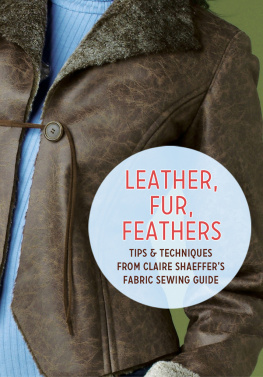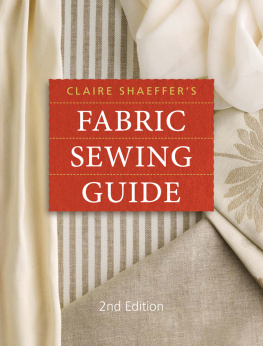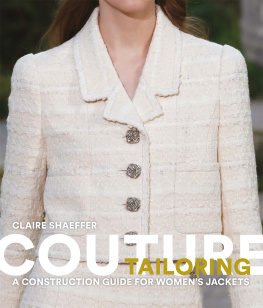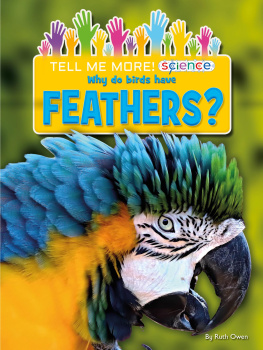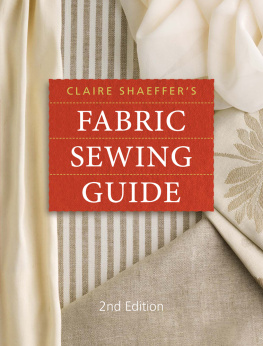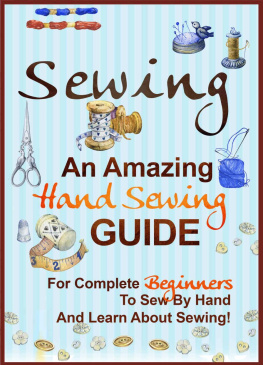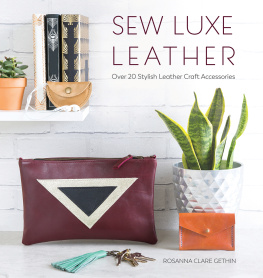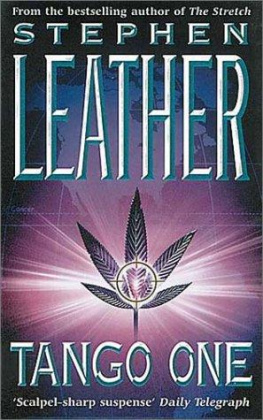Sign up for our newsletter and receive special offers, access to free content, and information on the latest new releases and must-have crafting resources! Plus, receive a coupon code to use on your first purchase from Store.MarthaPullen.com for signing up.

Designed by Carol Lambeth, this stunning evening gown is fabricated in a soft, supple leather. (Photo courtesy of Carol Lambeth Couture and photographer L.G. Petterson.)
Leathers
The oldest material used for clothing, leather is the skin from an animal or reptile, and not technically a fabric. After the animal hair is removed, the skin is treated to make it supple and prevent decomposition. This process, which is called tanning, was named for tannin, a strong, astringent substance frequently used in the process. When the outside or grain side of the skin is tanned and finished, it is called leather. When the inner or flesh side is finished, it is called suede. When the hides are finished with the wool left on, it is called shearling or sherpa.
Leather and Suede
Leathers and suedes can be dyed, glazed, buffed, polished, foiled, embossed, patented, beaded, sparkled, printed, perforated, painted, stenciled, silk screened, woven, fringed, or embroidered to create a variety of looks.
Since suede is a kind of leather and is generally sewn like other leathers, this section mentions suede only when particular characteristics or techniques apply exclusively to suede.
Leathers can be tanned with oil, tannin, alum, or chromium.
Tannin is a substance taken from the leaves and barks of oak trees and other plants. Leathers tanned with the vegetable tannin process are porous yet resistant to moisture, firm, durable, attractive, and sometimes washable. These leathers are a tan color when they come out of the tanning solution. This characteristic color is easy to see at the cut edges, even after the skins have been dyed other colors.
Leathers tanned with alum are white, soft, and pliable. Unfortunately, they are easily damaged by moisture, which causes them to stiffen, shrink, and water spot.
Leathers tanned with the metal chromium are less expensive. An examination of a cut edge will reveal a pale, bluish-gray color. Chrome tanned leathers do not resist moisture, but most are washable.
Leathers tanned with formaldehyde are white, soft, and supple. They are sometimes washable.
A few leathers, such as chamois, doeskin, and buckskin, are tanned with oil.
FABRIC CHARACTERISTICS
Leather does not fray, and it resists tears.
It is windproof and waterproof, but it may spot.
Leather is sold by the skin, not by the yard, and it frequently has scratches, thin spots, and holes.
It is easily marred by pins and machine-stitching.
Leather garments cannot be let out.
Some leathers cannot be stitched with regular machine needles, and they stick to the presser foot.
Leather is easily damaged by steam and a hot iron; it may crease permanently when left folded.
Glues and adhesives may bleed through, causing light or dark spots.
The colors on some leathers crock (rub off).
When used as a trim, dark-colored leathers may bleed and stain the fabric.
Blue, green, and brown leathers tend to fade, but a reputable leather cleaner may be able to retouch them.
Gold and silver leathers may lose their color when cleaned.
Leather will mildew and stain permanently when stored in humid areas.
Suedes have a nap and may require a nap layout.
LEATHER SEWING CHECKLIST
Machine needles: universal (H), sharp (HM, HJ, HQ), leather (HLL, NTW); sizes 80/12110/18
Machine settings: stitch length, 34mm (68 stitches per inch), lightly balanced tension
Machine feet: Teflon, invisible zipper, Teflon zipper
Thread: polyester, Topstitching: polyester
Hand sewing needles: glovers, leather
Layout: single layer, right side up
Markers: chalk wheel, clips, soft-lead pencil
Equipment and supplies: shim, rotary cutter and mat, sharp shears, weights, thimble, spring hair clips, paper clips, quilting clothes pins, double-stick tape, washable glue stick, rubber mallet, cotton flannel, wooden cutting board, brown paper, cardboard tube, rubber or Barge cement
Seams: plain (open, topstitched), lapped, slot, strap, welt, leather seams, tissue-stitched, taped
Hems: glued, topstitched, interfaced
Seam and hem finishes: unfinished
Interfacings: usually sew-in, low-temp, quick-fuse
Linings: generally used
Underlinings: usually not used, except on closely fitted designs
Edge finishes: facings (leather, fabric, ribbon), bindings, linings, bands
Closures: buttons and machine-bound buttonholes, buttons and loops, snaps, zippers
Pockets: all types
The Leather Family
In addition to the leathers in the following list, there are many that are not readily available, or are too heavy to use for apparel.
Chamois is the underneath layer of sheepskin. Best known as a car rag, it is inexpensive, soft, supple, and sueded on both sides. It can be washed with mild soap in lukewarm water. It weighs 2 to 3 ounces per square foot. (One square foot equals approximately 0.1 square meter.) Skins average 7 to 9 square feet (0.6 to 0.8 square meter).
Cowhide is a smooth-grained leather in all weights. Skins average 20 to 24 square feet (1.9 to 2.2 square meters). Lightweight skins weigh 1 to 112 ounces per square foot.
Cowhide splits are sueded. They weigh 2 to 212 ounces per square foot. Average sizes are 8 to 10 square feet (0.74 to 0.93 square meter).
Deerskin is the skin side of deer leather. It weighs 212 to 3 ounces per square foot. Average sizes are 8 to 15 square feet (0.7 to 1.4 square meters).
Lambskin is a lightweight, easy-to-sew leather. It weighs 1 to 112 ounces per square foot. Skins average 8 square feet (0.7 square meter).
Napa is a soft, thin leather used for fine garments. It may be skin or suede. Skins average 7 square feet (0.6 square meter).
Patent leather is made by applying a solution to leather, which then becomes hard and shiny.
Pigskin is leather with a grainy texture and a distinctive cluster of three marks where the bristles were located. It can have a metallic or embossed finish or be made to resemble snakeskin. It weighs 1 to 3 ounces per square foot. Skins average 10 to 12 square feet (0.9 to 1.1 square meters).

